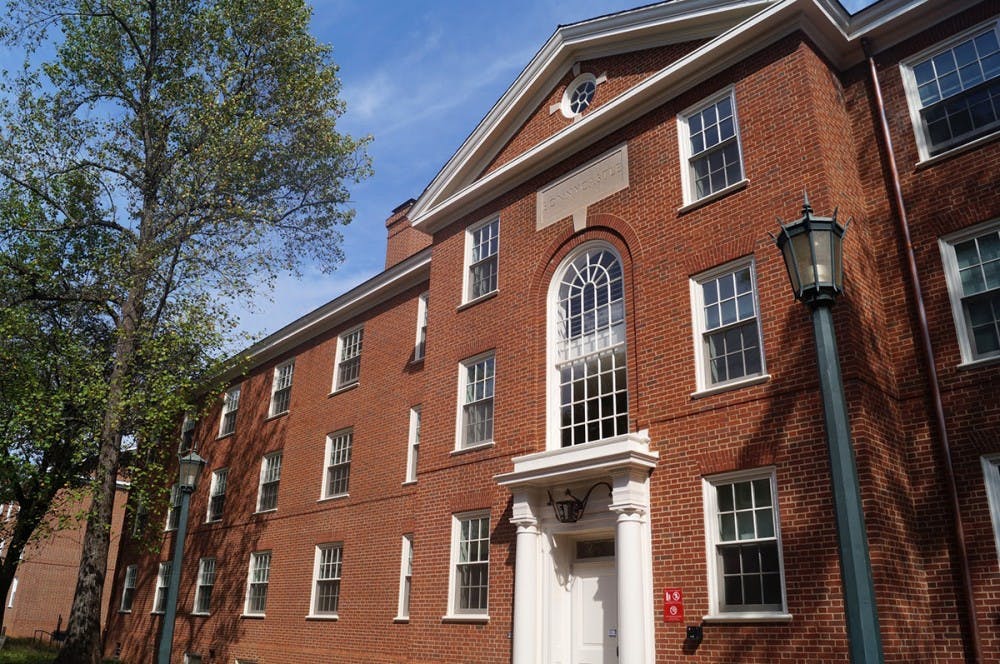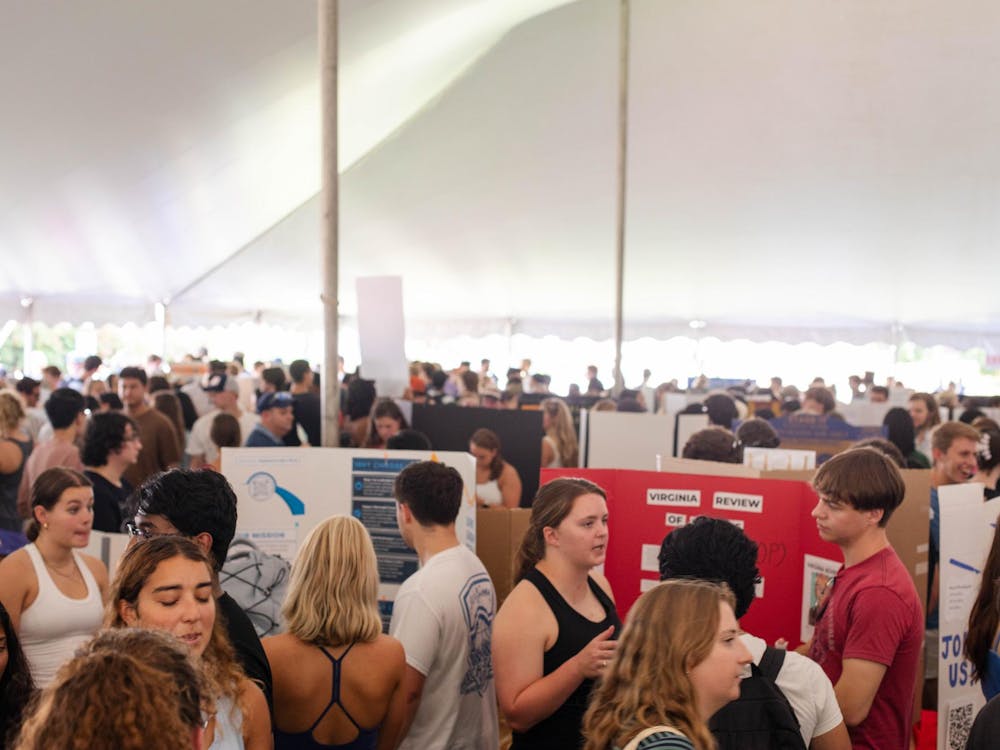The University sent out housing assignments July 3 for the incoming first-year class. For some students, it’s a day of rejoice that they get to live in an air-conditioned room in a modern building only a few minutes away from Grounds. For others, it’s a day of attempting to come to terms with the fact that they either have to survive the deadly heat of Virginia summers without air conditioning or live a mile away from classes. For all, it’s the same price.
The University’s rate for housing for all first years is $6,240, regardless of which dorm you are assigned to, or if you are assigned to a single, double or triple. The University has over 20 different residence halls, ranging from singles in an air-conditioned hall-style dorm, to triples without air conditioning in a 10-person suite. Moreover, the halls range from a five to a 25 minute walk to class on Central Grounds. Seeing all these differences, it begs the question — why does the University charge the same for all of these dorms if they are not worth the same amount?
For an example, take Malone House. The building is over a mile from Central Grounds, and though it’s served by multiple Northline bus stops, it still could never be considered “convenient” to get to class. The buses come in 15-20 minute intervals, meaning you either have to get to class — or any other event on Central Grounds — 20 minutes early, or you have to walk. The amount of mornings I have woken up and ran out the door and up the stairs to the bus stop 20 minutes before class starts is simply ridiculous. At my first 8 a.m., someone told me they woke up 15 minutes before class started and still made it to class on time. When it rains — or, I guess, when there’s a hurricane — Johnson-Malone-Weedon residents who want to avoid getting soaked must wait for the bus in the downpour.
Even the convenience of dining halls is lacking for JMW students. Runk, which primarily serves JMW and Gooch-Dillard residents, closes at 8 p.m. — and has meal exchange until 11 p.m. — on most days, while O’Hill, which is near the new dorms on Alderman Road and relatively close to the old dorms on McCormick Road, is open until 9 p.m., and Crossroads underneath is open until 2am.
In contrast, look to Bonnycastle, a renovated old dorm only a few minutes’ walk from Central Grounds. The first years in Bonnycastle get it all — the air conditioning, the proximity to Grounds, the modern renovations. As someone who relies on the bus system to get me to class when I wake up 30 minutes beforehand, it’s almost offensive when people tell me they haven’t taken the bus before. The Northline saves the lives of JMW students every day.
Then we have the students who live in “the motels” — that is, the 10-12 resident suites without air conditioning that are located further down Alderman Road. These first-years get the short end of the stick. They’re closer to class than JMW or Gooch-Dillard residents, but they aren’t relatively close to a bus stop, or even a dining hall. Plus, they must deal with the hot Virginia summers with at least nine other people, with no air conditioning to help cool them off.
Even within certain dorms, the price for singles, doubles, and triples is the same. Doubles in Malone House are around 174 square feet, while singles are 100 square feet. Though singles are smaller in area, all the space is available for one student, while doubles are split for two students, giving each resident 87 square feet of space. This doesn’t even take into account how much more convenient living in a single is. Yet, residents in doubles are still required to pay the same as those in singles, despite the reduction in space available.
It’s clear that the convenience of living in dorms in the JMW area or the suites on Alderman is in no way equal to that of the new dorms on Alderman or the renovated old dorms. Why, then, does the University require that all students pay the same amount? Why is a student living in Malone paying the same as a student in Bonnycastle, when they are obviously not worth the same amount? It’s ridiculous that students are expected to overpay for these dorms each year.
The University needs to create a system in which all dorms have varying prices based on these numerous different factors, with students still being randomly assigned to the different dorms. The price for the upper-tier dorms, such as the optimal old dorms with air conditioning, should remain capped at the $6,240 price that is already set. However, there should be price variations on the other, less optimal dorms. The University's financial aid office needs to then take these different price variations into account when distributing the financial aid awards, increasing aid for those students who demonstrate need and are sorted into these more expensive dorms. This seems to be the only true, fair way for the University to distribute housing and decide upon prices for each individual student.
Zack Pasciak is a Viewpoint Writer for The Cavalier Daily. He can be reached at opinion@cavalierdaily.com.





